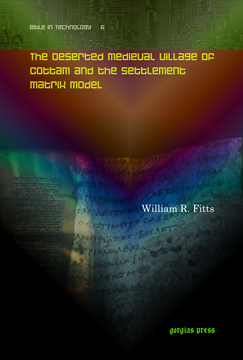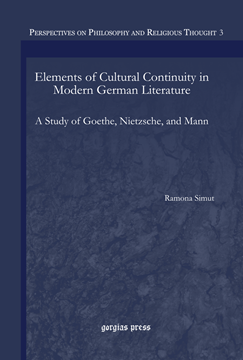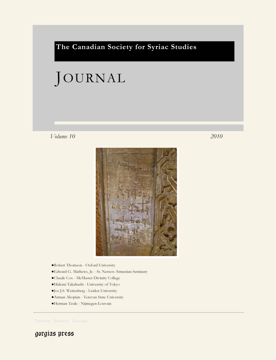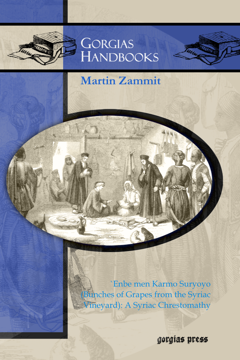The Deserted Medieval Village of Cottam and the Settlement Matrix Model
ISBN: 978-1-61143-964-9
This volume introduces the concept of the Settlement Matrix, a heuristic model that connects the analysis of the symbolic and practical aspects of human culture by placing them both within the same spaces defined by a settlement and its support area. The settlement matrix model examines each venue of daily life from the house to the settlement to the field system as integral parts of a single cultural construct, the settlement matrix. By defining discrete spaces and a way to connect them, the settlement matrix model provides a way to combine technologies like GIS with current archaeological theory.
$164.00 (USD) $98.40 (USD)
Elements of Cultural Continuity in Modern German Literature
A Study of Goethe, Nietzsche, and Mann
By Ramona Simut
ISBN: 978-1-61143-966-3
Providing an analysis of the most important works of Goethe, Nietzsche, and Thomas Mann based on the methodology of comparative literature, this book attempts to determine the elements which reflect a common line of thought in their writings, as well as investigating how these cultural themes reflect their perspective on life and the world, the German spirit and nationality, art and music, politics and society.
$178.00 (USD) $106.80 (USD)
Saladin
Empire and Holy War
By Peter Gubser
ISBN: 978-1-61143-670-9
Saladin, the great twelfth century Middle East leader, not only created an empire, but also reduced the Crusader presence in the Holy Land. In a comprehensive manner and clear prose, Peter Gubser describes how Saladin rose to power, conquered lands, governed peoples, and raised armies. In addition, he clearly addresses Saladin’s imperial motives, a combination of ambition and devotion to the ideal of unity in Islam.
$143.00 (USD) $85.80 (USD)
Journal of the Canadian Society for Syriac Studies 10
Edited by Amir Harrak
ISBN: 978-1-61143-671-6
Volume 10 includes articles by Robert Thomson, Edward G. Mathews Jr., Claude Cox, Hidemi Takahashi and Jos J.S. Weitenberg, and Arman Akopian. It is on Syriac-Armenian topics.
$75.00 (USD) $45.00 (USD)
The Semitic Alphabets
By Isaac Taylor
Series: Kiraz Historical Grammars Archive 36
ISBN: 978-1-61143-681-5
Isaac Taylor (1829-1901) is best known for his archaeological and philological works, especially his detailed study of the alphabets published in 1883. This book on the Semitic alphabets comprises the first volume of Taylor’s 1883 study. Taylor begins with a discussion on the invention of writing and the origin of the alphabet, then gives a discussion of three alphabetic families, what he calls the Phoenician alphabet, the Aramean alphabets (covering Palmyra, Hebrew, Syriac, Mongolian, and Arabic), and the south Semitic alphabets (covering Sabean and Ethiopic).
$176.00 (USD) $105.60 (USD)
`Enbe men Karmo Suryoyo (Bunches of Grapes from the Syriac Vineyard)
A Syriac Chrestomathy
Series: Gorgias Handbooks 6
ISBN: 978-1-61143-685-3
`Enbe men Karmo Suryoyo is a chrestomathy intended primarily for students who have covered the essentials of Syriac morphology and syntax, but it should also interest anyone who enjoys Syriac literature in general. The twenty-six selections consist of examples of Syriac prose and poetry from the second until the thirteenth centuries AD. The readings reflect a wide and varied range of subject matter. Inevitably, selections of a religious nature predominate, but historical, ethnographic, chemical, astronomical, and linguistic excerpts produced by famous Syriac authors, as well as less familiar ones, have been included. A Syriac-English glossary and an index of grammatical points are included.
$58.00 (USD) $34.80 (USD)





